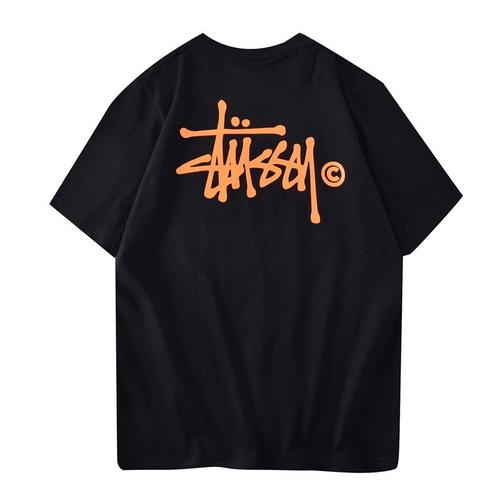There are a wide variety of casual clothing fabrics, each with its own unique characteristics and scope of application. The following are some common casual clothing fabrics and their characteristics and uses:
1. Cotton: Cotton is one of the most common fabrics and has good breathability. , hygroscopicity and comfort. It is perfect for summer wear and is a better choice especially for sensitive skin. In addition, cotton cloth is easy to clean and has high durability, so it is often used to make casual clothing such as T-shirts and jeans.
2. Linen: Linen is a natural fabric made from the fibers of the flax plant. It has excellent breathability and moisture absorption and can be quickly excreted from the body. of moisture, making people feel cool and comfortable. Linen usually has a natural texture and color and is highly resistant to wear and tear. It is often used in summer to make casual clothing such as skirts and shirts.
3. Linen: Linen is a fabric made from the fiber of the hemp plant. It has good breathability, moisture absorption and hypoallergenic properties. Linen is generally strong and durable, and also has a certain luster, making it suitable for making casual pants, dresses and other summer clothing.
4. Knitted fabrics: Knitted fabrics are made by knitting technology. Compared with woven fabrics, they are softer, more elastic and more comfortable. Common knitted fabrics include cotton knitting, wool knitting and polyester knitting. Knitted fabrics are widely used in making casual clothing, such as T-shirts, hoodies, etc.
5. Polyester cloth: Polyester cloth is a synthetic fiber fabric made of polyester fiber, which has excellent wear resistance, wrinkle resistance and easy cleaning specialty. Polyester fabric is usually smooth and not easy to wrinkle, so it is suitable for making sportswear, casual tops, etc.
In addition to the above common fabrics, there are also silk, wool, cashmere, denim and other fabrics, each of which has its own unique characteristics and uses. Choosing the right fabric for casual clothing can be based on factors such as season, climate, style and personal preference.







